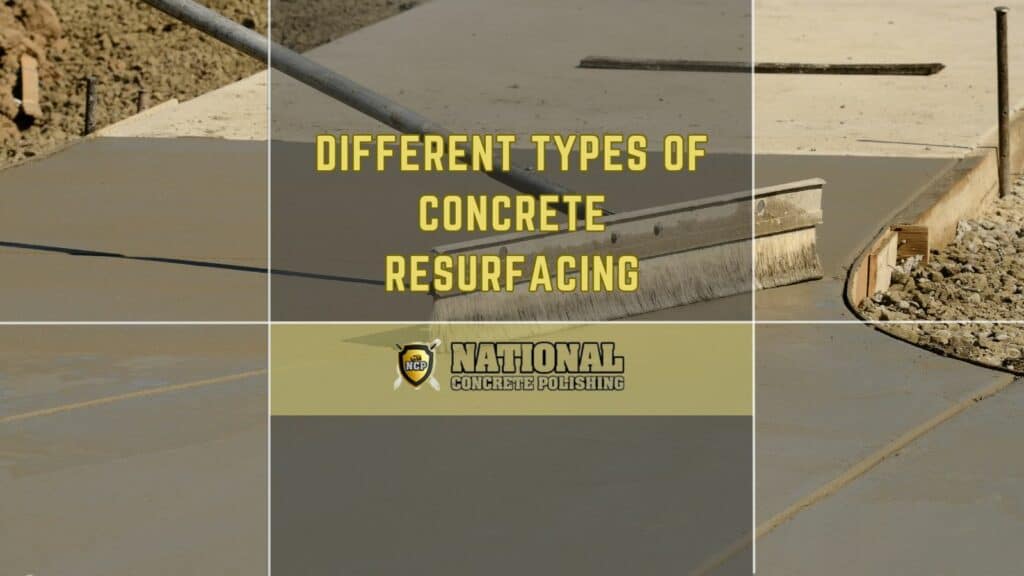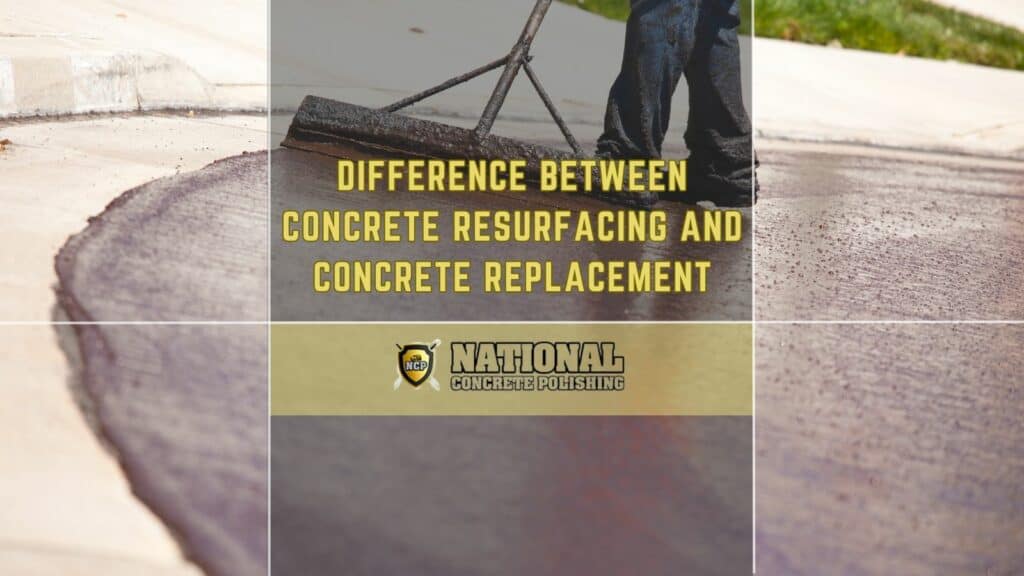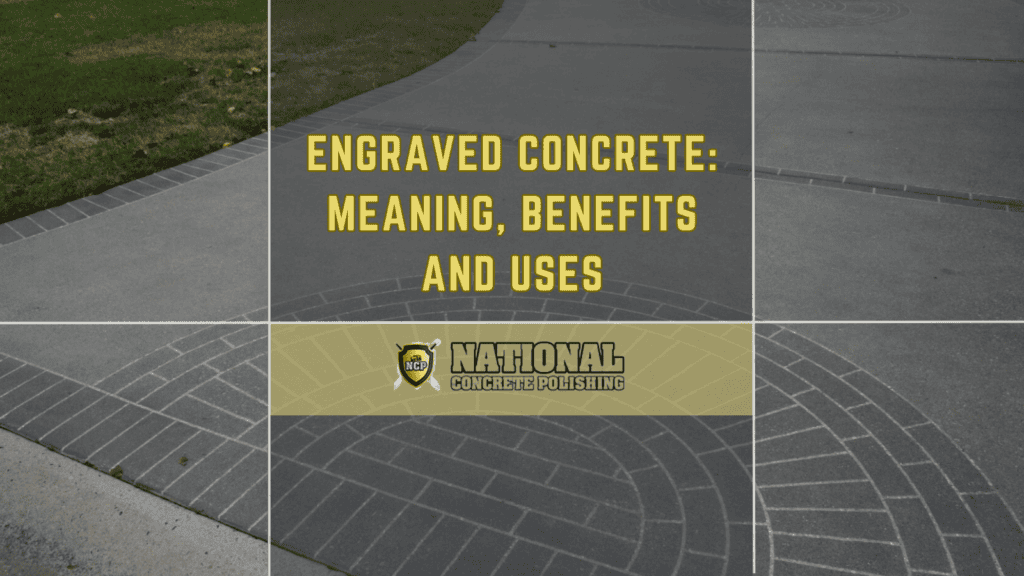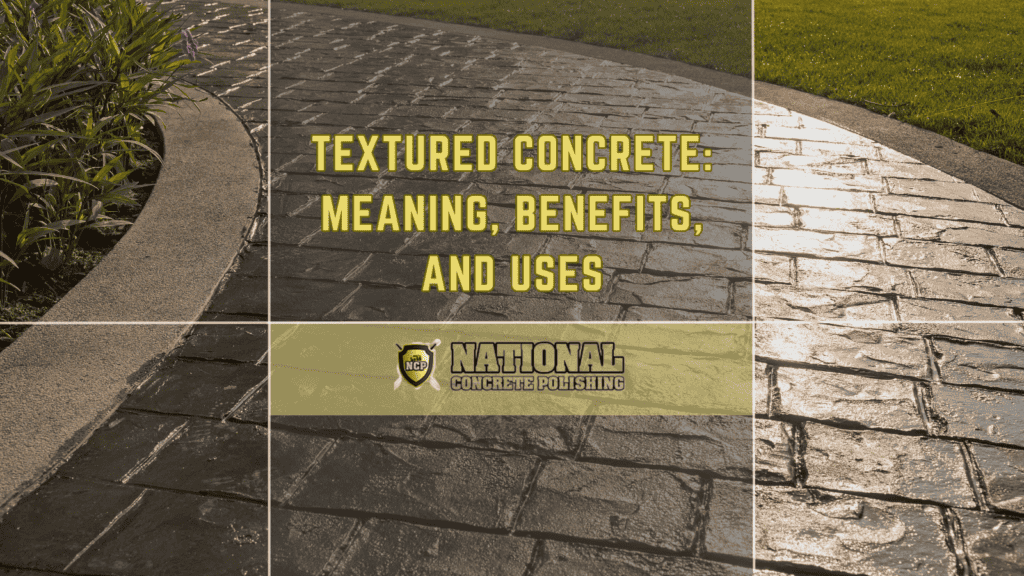Concrete resurfacing is a versatile and cost-effective solution for enhancing the appearance of your concrete surfaces. Whether you’re dealing with weathered, stained, or outdated concrete, there are several different resurfacing techniques available that can breathe new life into your spaces.
The different types of concrete resurfacing include overlay resurfacing, stamped concrete resurfacing, epoxy concrete resurfacing, and micro-topping resurfacing, each offering unique benefits and applications to revitalize and enhance the appearance of your concrete surfaces.
The type of resurfacing you choose will depend on your specific needs, budget, and desired aesthetic. For those seeking an exceptionally smooth and seamless finish, micro-topping resurfacing may be the way to go. Also, for areas that require superior durability and resistance, epoxy-based concrete resurfacing could be the ideal option.
What are the Different Types of Concrete Resurfacing?
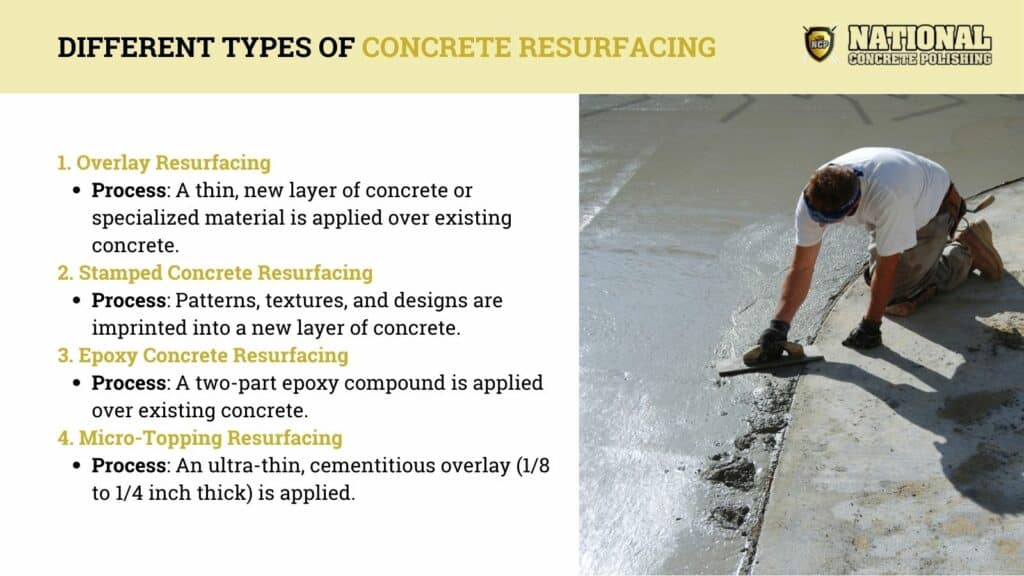
The different types of concrete resurfacing you can use for your space include:
1. Overlay Resurfacing
Overlay resurfacing involves applying a thin, new layer of concrete or specialized resurfacing material directly over the existing concrete surface. This method is ideal for addressing minor cracks, stains, or unevenness in the concrete without the need for complete demolition.
The overlay creates a fresh, smooth finish that can significantly improve the appearance of the concrete. Overlay resurfacing is a cost-effective option that also helps to protect the underlying concrete from further deterioration.
2. Stamped Concrete Resurfacing
Stamped concrete resurfacing allows you to transform a plain concrete surface into an eye-catching, decorative masterpiece. This process involves imprinting patterns, textures, and designs into a new layer of concrete that is applied over the existing slab.
The stamped concrete can be made to resemble high-end materials like natural stone, brick, or even wood. This resurfacing method is popular for patios, driveways, and walkways, as it enables you to customize the look and feel of your outdoor concrete areas.
3. Epoxy Concrete Resurfacing
Epoxy concrete resurfacing utilizes a specialized two-part epoxy compound that is applied over the existing concrete. This durable, resin-based material creates a seamless, high-gloss finish that is resistant to chemicals, abrasions, and heavy foot or vehicle traffic.
Epoxy resurfacing is often used in industrial, commercial, and high-traffic settings where a long-lasting, easy-to-clean surface is required, such as in warehouses, garages, or manufacturing facilities.
4. Micro-Topping Resurfacing
Micro-topping resurfacing involves applying an ultra-thin, cementitious overlay that is just 1/8 to 1/4 inch thick. This method results in a smooth, uniform, and nearly seamless finish, making it an excellent choice for revitalizing dated or damaged concrete floors, countertops, or other surfaces.
Micro-topping is highly versatile, allowing for a wide range of decorative finishes, and it is particularly well-suited for indoor applications where a sleek, modern look is desired.
Factors to Consider When Choosing a Concrete Resurfacing Method
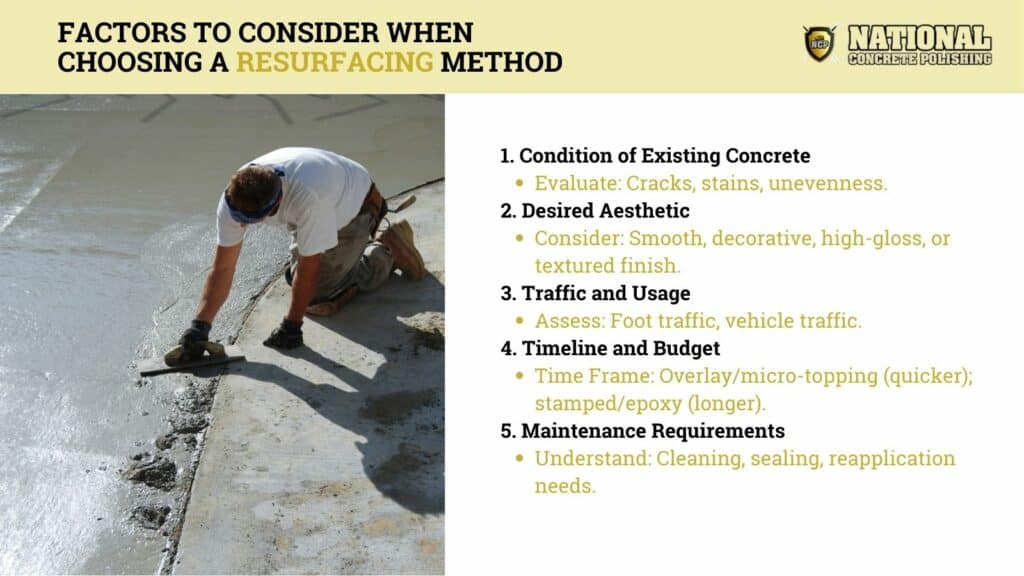
Some of the factors to consider when choosing a concrete resurfacing method include the condition of existing concrete, desired aesthetics, traffic and usage, timeline and budget, and maintenance requirements.
1. Condition of Existing Concrete
Evaluate the current state of the concrete surface, including any cracks, stains, or unevenness. Determine the extent of repair needed, as this will influence the most suitable resurfacing option. For heavily damaged or deteriorated concrete, a more extensive solution like a complete concrete replacement may be necessary.
2. Desired Aesthetic
Consider the look you want to achieve, whether it’s a smooth and uniform finish, a decorative pattern, or a high-gloss appearance. Different resurfacing methods offer varying levels of customization and design flexibility. Stamped concrete resurfacing, for example, allows you to create unique, decorative patterns, while epoxy resurfacing provides a sleek, high-end look.
3. Traffic and Usage
Assess the level of foot traffic, vehicle traffic, or other usage the concrete surface will experience. Certain resurfacing options, like epoxy, are better suited for high-traffic or industrial environments due to their increased durability and resistance. For lighter-use areas, a simpler overlay or micro-topping resurfacing may be sufficient.
4. Timeline and Budget
Consider the time frame you have for the resurfacing project and how it may impact your choice of method. Some resurfacing techniques, like overlay or micro-topping, can be completed more quickly than more extensive options like stamped concrete. Budgetary constraints will also play a role, as the cost can vary significantly between different resurfacing methods.
5. Maintenance Requirements
Understand the long-term maintenance needs of each resurfacing option, such as regular cleaning, sealing, or reapplication. Some methods, like epoxy, may require more diligent maintenance to preserve their appearance and performance over time. Choose a resurfacing solution that aligns with your willingness and ability to maintain the concrete surface.
What are the Benefits of Concrete Resurfacing?
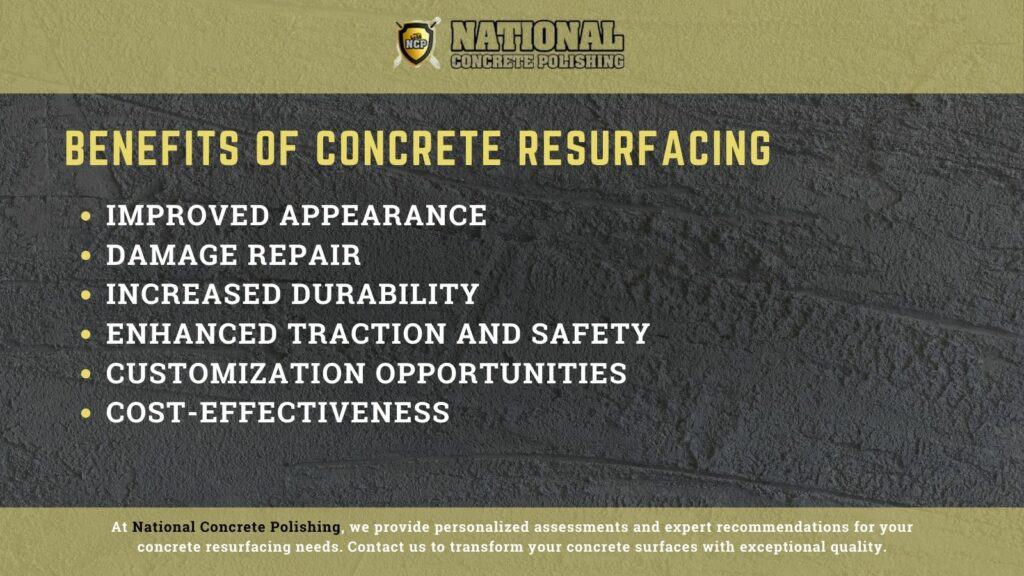
The benefits of concrete resurfacing include improved appearance, damage repair, increased durability, enhanced traction and safety, etc.
1. Improved Appearance
Concrete resurfacing can transform the look of a worn, stained, or outdated concrete surface by applying a new, fresh layer. This can enhance the aesthetic appeal of patios, driveways, walkways, and other concrete areas, improving the overall curb appeal of a property.
2. Damage Repair
Resurfacing can address a variety of concrete issues, such as cracks, spalling, pitting, and discoloration. By applying a new layer of concrete or specialized resurfacing material, the existing damage can be effectively covered and repaired, restoring the surface to a like-new condition.
3. Increased Durability
Many concrete resurfacing methods, such as epoxy or stamped concrete, provide enhanced durability and resistance to wear and tear. This can significantly extend the lifespan of the concrete surface, reducing the need for frequent replacements or major repairs.
4. Enhanced Traction and Safety
Certain resurfacing options, like textured or anti-slip finishes, can improve traction and reduce the risk of slips and falls, especially in high-traffic areas or on surfaces exposed to weather conditions.
5. Customization Opportunities
Resurfacing allows for a wide range of design customization, from the color and pattern of stamped concrete to the high-gloss sheen of epoxy finishes. This enables homeowners and property owners to tailor the concrete surface to their specific aesthetic preferences.
6. Cost-Effectiveness
Resurfacing is generally a more cost-effective solution compared to completely replacing an existing concrete slab. It provides a way to revitalize and extend the life of the concrete without the need for a full replacement.
When is Concrete Replacement Necessary?
Concrete replacement is necessary when the existing concrete surface is severely damaged or deteriorated to the point that resurfacing or repair methods are no longer viable. This typically occurs when the concrete has experienced extensive cracking, spalling, crumbling, or significant structural issues that cannot be effectively addressed through resurfacing alone.
In these cases, the best course of action is to completely remove and replace the existing concrete slab to establish a new, sound foundation that can withstand the intended use and environmental conditions. Concrete replacement is also necessary when the original concrete was not properly installed or has reached the end of its lifespan, and continued use would pose safety risks or lead to further, more costly problems down the line.
At National Concrete Polishing, we understand that the wide range of concrete resurfacing methods can be confusing, which is why we take a personalized approach to every customer. Our experienced team will first assess the current condition of your existing concrete, discussing your goals and desired outcomes for the project.
We’ll then provide a thorough overview of the different resurfacing techniques available, explaining the unique benefits and considerations of each option. Don’t settle for subpar results; contact us to transform your concrete surfaces with exceptional quality.
Can concrete resurfacing improve the slip resistance of my surface?
Yes, concrete resurfacing can improve the slip resistance of your surface. Resurfacing options like textured or anti-slip finishes, stamped concrete, and epoxy coatings with anti-slip additives can all provide enhanced traction and reduce the risk of slips and falls, particularly in high-traffic areas or on surfaces exposed to water, oil, or other slippery conditions.
What is the lifespan of different concrete resurfacing methods?
Concrete overlays and micro-toppings, when properly installed and maintained, can last 15 to 20 years or more before requiring replacement. Stamped concrete resurfacing can provide a durable, decorative surface that can last 10 to 15 years with proper care. Epoxy coatings are known for their exceptional longevity, often lasting 10 to 15 years or even longer, depending on the level of foot and vehicle traffic, as well as the maintenance routines implemented.
With proper preparation and the right resurfacing solution, you can extend the life of your concrete surfaces and enjoy their enhanced appearance and functionality for many years to come.
How long does the resurfacing process typically take?
In general, simpler resurfacing techniques like concrete overlays and micro-toppings can often be completed within a few days, with the initial application and curing taking place over 1-3 days. More complex resurfacing options, such as stamped concrete or epoxy coatings, may require additional preparation work and a longer overall timeline, often taking 3-5 days or more to fully complete.
Can decorative concrete resurfacing be customized to match my desired aesthetic?
Yes, decorative concrete resurfacing can be highly customized to match your desired aesthetic. The wide range of resurfacing options, such as concrete overlays, micro-toppings, and stamped concrete, allow for a great deal of flexibility in terms of color, pattern, and texture.
Contractors can incorporate various pigments, dyes, and aggregates into the resurfacing mix to achieve virtually any color or finish you have in mind, from vibrant hues to more subtle, muted tones.
With stamped concrete, you can choose from a variety of patterns and textures, emulating the look of natural stone, brick, tile, or even wood. Epoxy coatings can also be customized with different flakes or metallic additives to create unique, eye-catching effects.
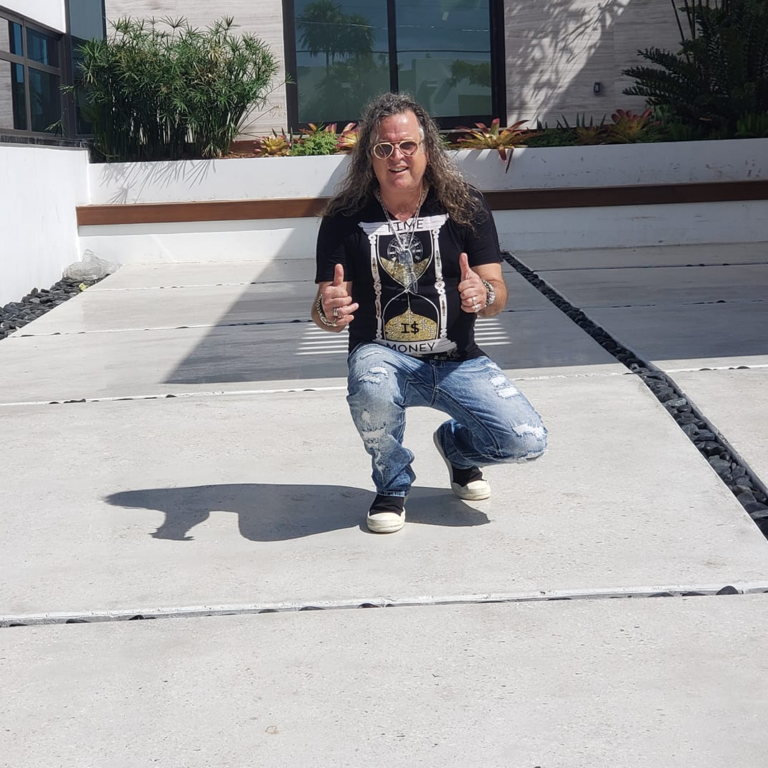
Share This Post

